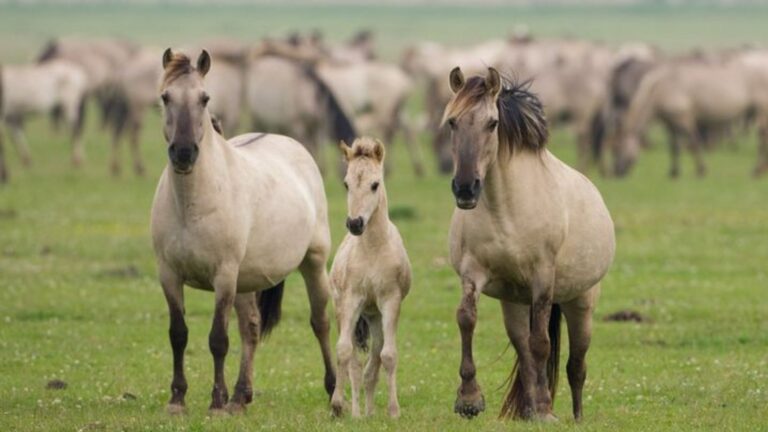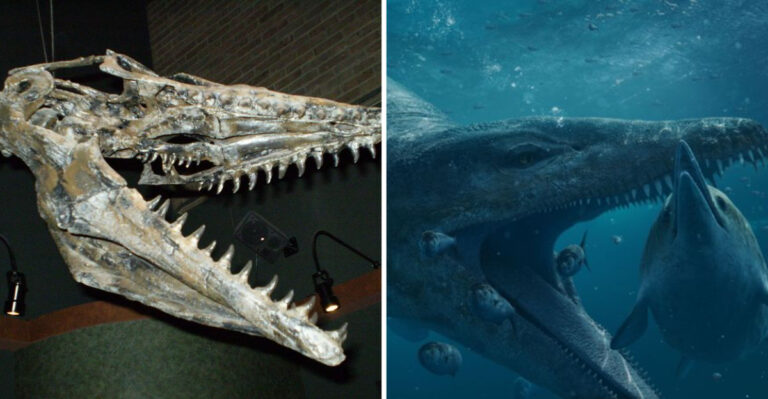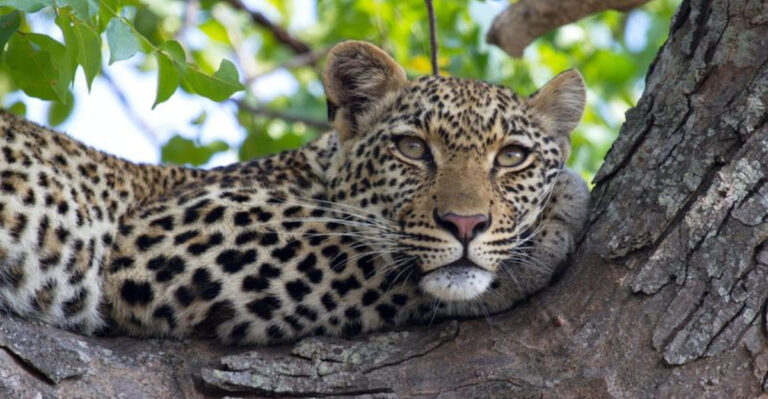6 Largest And 6 Smallest Wolves Ever Spotted Across The United States

Wolves have roamed North America for thousands of years, evolving into various sizes across different regions. From the massive timber wolves of the northern territories to the smaller subspecies of the southwest, these magnificent predators showcase remarkable diversity.
Let’s explore the biggest and smallest wolf species that have been documented across the United States, revealing how geography and evolution have shaped these iconic animals.
1. Mackenzie Valley Wolf

Towering over other canids, these northern giants can reach a staggering 7 feet long from nose to tail. Their massive paws, designed for traversing deep snow, are nearly twice the size of an average wolf’s.
Mackenzie Valley wolves have been recorded weighing up to 175 pounds in rare cases, making them true titans of the wilderness.
2. Gray Wolf (Northern Population)
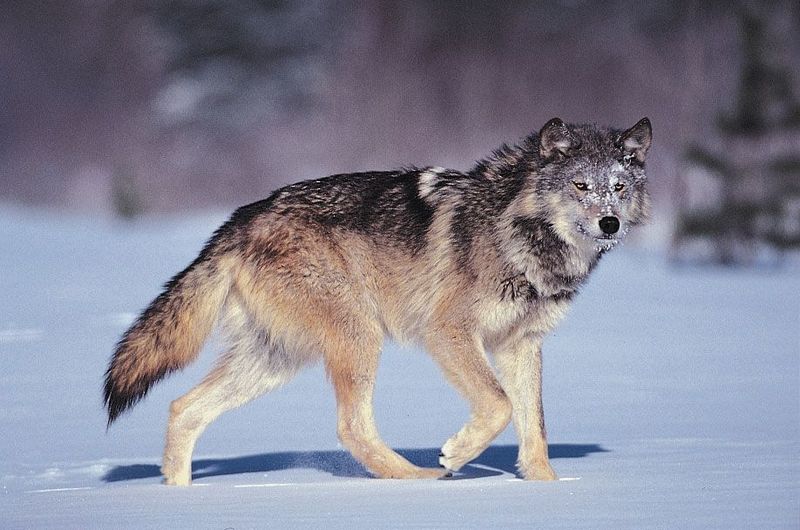
Alaska’s wilderness harbors these magnificent beasts, sometimes reaching shoulder heights of 36 inches. Their thick winter coats add visual bulk, creating an illusion of even greater size.
Winter adaptations allow these wolves to maintain body temperatures in sub-zero conditions, with fur that grows nearly twice as dense as summer coats.
3. Alaskan Tundra Wolf
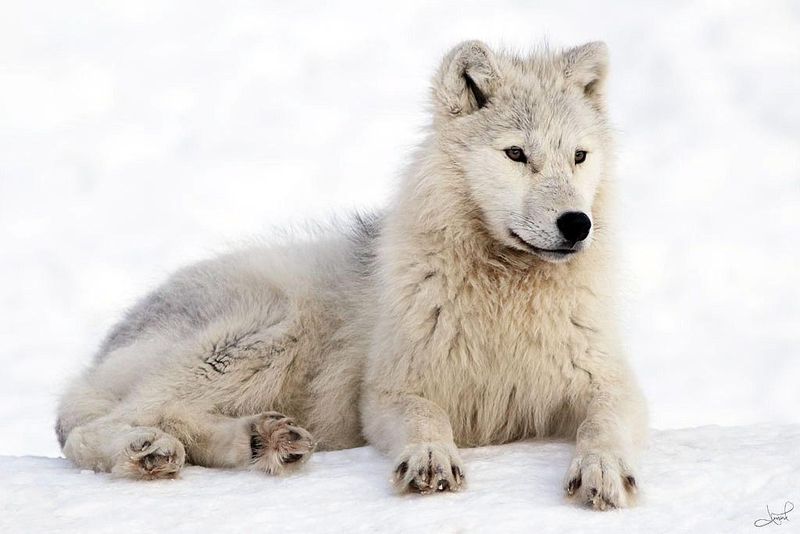
Surviving harsh arctic conditions has shaped these wolves into remarkable specimens. Males regularly exceed 100 pounds, with exceptional individuals reaching 120 pounds of lean muscle and bone.
Their enormous paw size—up to 5 inches across—acts like natural snowshoes, distributing weight across treacherous terrain.
4. Great Plains Wolf
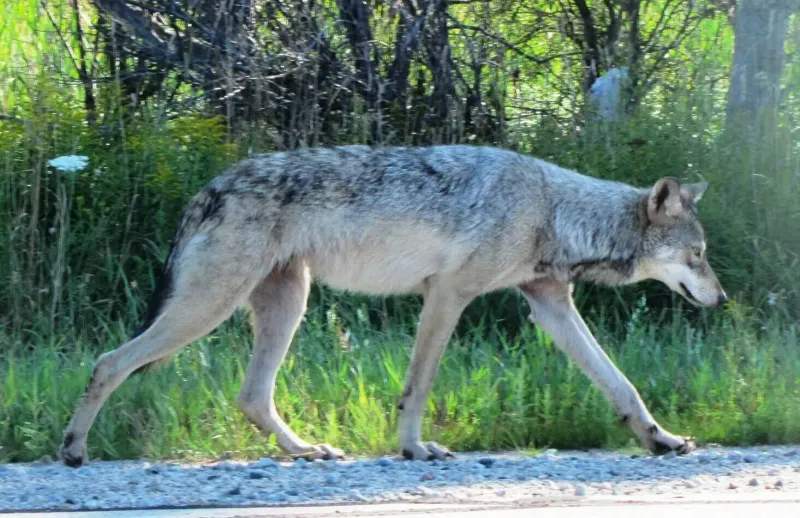
Prairie hunters par excellence, these wolves evolved longer limbs for pursuing prey across vast open spaces. Their leaner frames belie impressive weights of 80-100 pounds, with exceptional males reaching even higher.
Great Plains wolves can cover astonishing distances—up to 30 miles daily—when tracking herds across their territory.
5. Rocky Mountain Gray Wolf
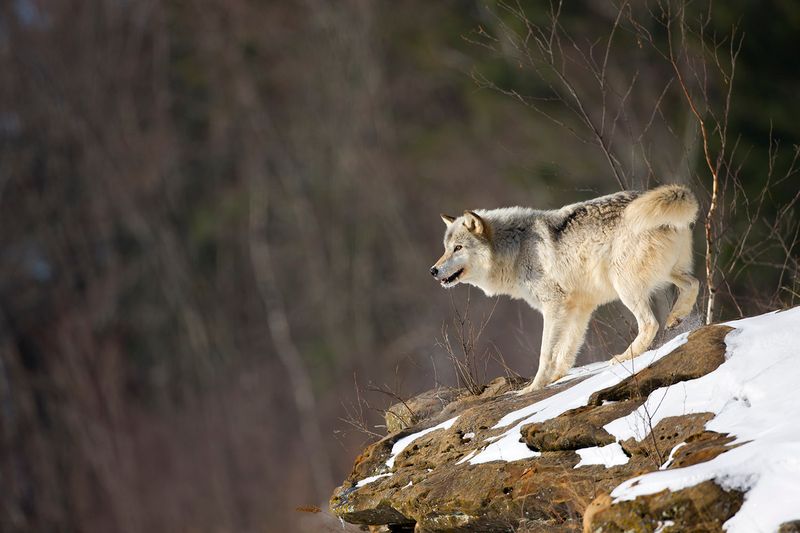
Mountain-adapted and muscular, these wolves rule the rugged western landscapes with power and grace. Their robust builds help them bring down elk and moose several times their size.
A remarkable specimen tracked in Yellowstone, nicknamed “Monster,” weighed 143 pounds—nearly 50% larger than the typical male in his pack.
6. Timber Wolf (Eastern Population)

Forest phantoms of impressive stature, these wolves developed broader chests and stronger jaws than their western cousins. Their adaptation to dense woodland hunting creates a distinctly powerful silhouette.
Historical records from Minnesota describe specimens weighing up to 110 pounds, with skull measurements exceeding those of modern wolves.
7. Mexican Gray Wolf
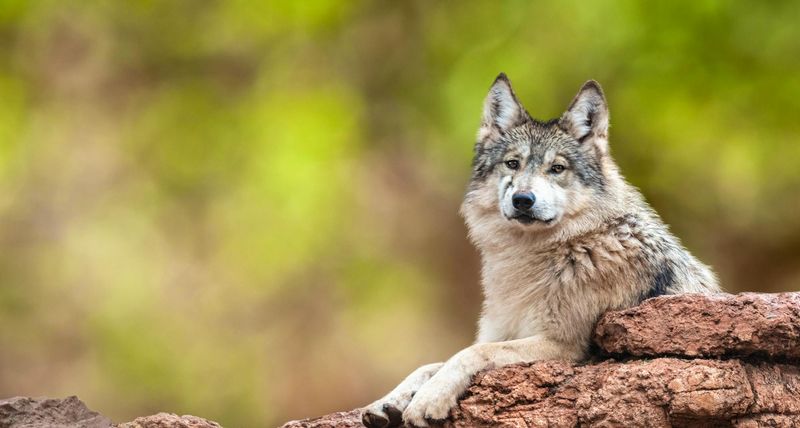
Desert-adapted and nimble, these southwestern wolves evolved smaller frames to conserve energy in harsh environments. Their distinctive salt-and-pepper coats blend perfectly with arid landscapes.
Despite their modest size—rarely exceeding 85 pounds—these wolves maintain all the hunting prowess of their larger relatives, just in a more compact package.
8. Red Wolf
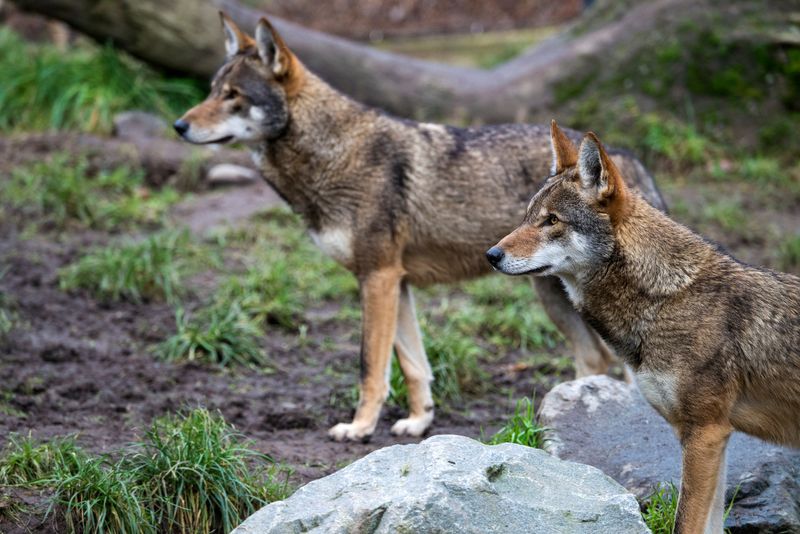
Caught in a genetic middle ground between wolves and coyotes, modern red wolves maintain distinctly wolf-like features in a smaller frame. Their rusty coloration—ranging from cinnamon to almost chestnut—creates a striking appearance despite their modest size.
Adult males typically weigh just 50-80 pounds, significantly less than their gray wolf cousins.
9. Eastern Coyote (Hybrid Wolf-Coyote)
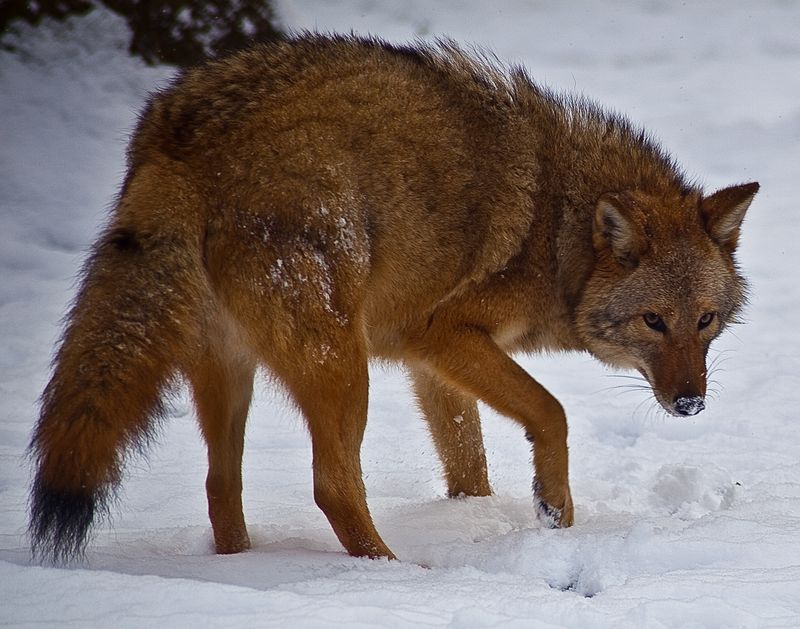
Nature’s genetic experiment created these fascinating hybrids when wolves and coyotes interbred in the Northeast. Slightly larger than pure coyotes but smaller than wolves, they typically weigh 35-45 pounds.
Their mixed heritage shows in varied coat patterns and facial features that blend characteristics of both parent species.
10. Isle Royale Wolf
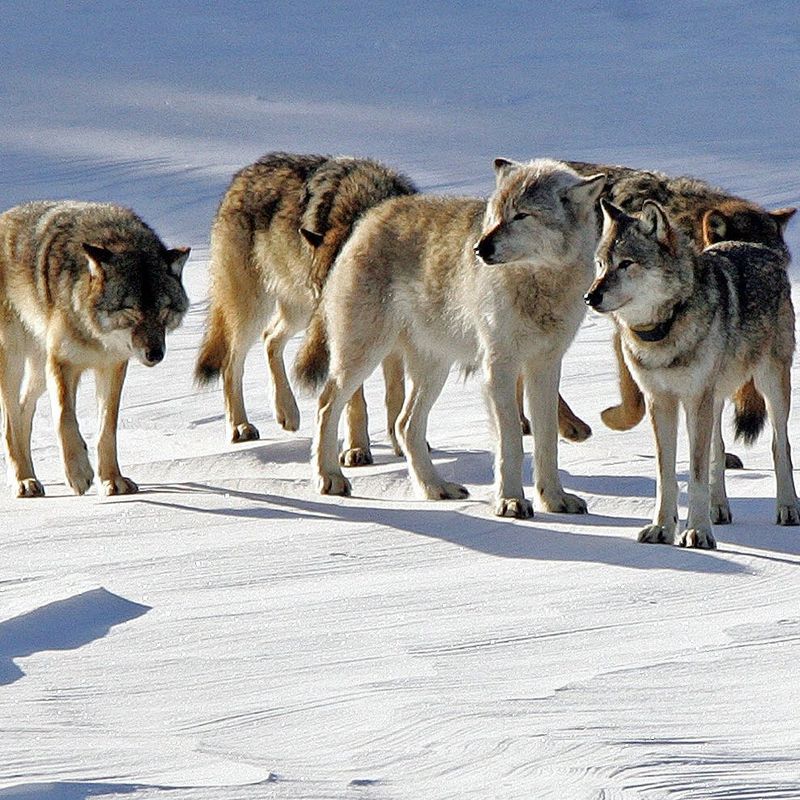
Isolated on Michigan’s remote island for decades, these wolves demonstrate how quickly size can change through inbreeding. Their diminished stature—60-80 pounds compared to mainland wolves’ 100+ pounds—reveals genetic isolation’s powerful effects.
Recent studies show concerning skull abnormalities and spinal deformities appearing in this dwindling population.
11. California Wolf (Historical)
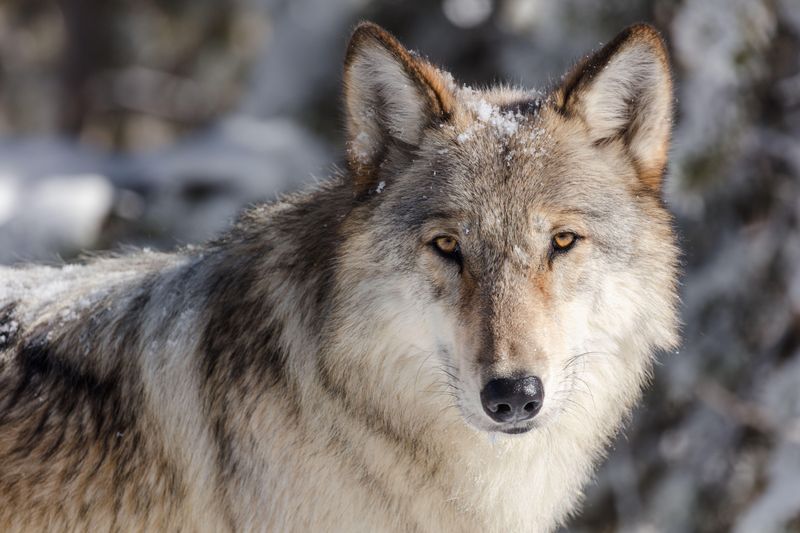
Before their extirpation in the 1920s, California’s native wolves were notably smaller than their northern relatives. Historical specimens collected by naturalists show adults typically weighing 60-80 pounds—modest compared to today’s reintroduced wolves.
Their lighter build suited the state’s varied terrain, from coastal regions to Sierra foothills.
12. Florida Black Wolf (Extinct)
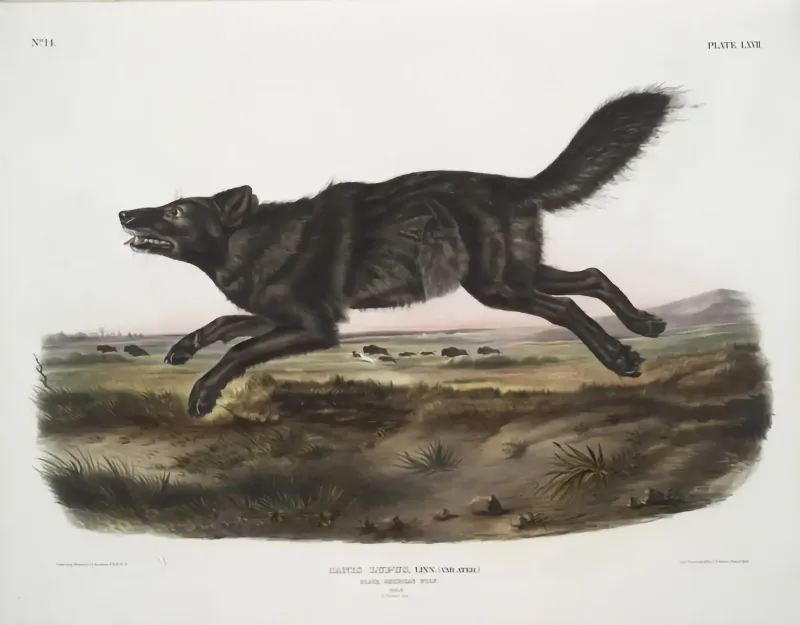
Mystery surrounds these southeastern wolves, extinct before modern scientific study. Specimens from the 1800s reveal a compact predator weighing just 60-70 pounds—significantly smaller than northern cousins.
Their darker coat, almost black in some individuals, provided camouflage in Florida’s shadowy swamps and forests before their disappearance in the early 20th century.


